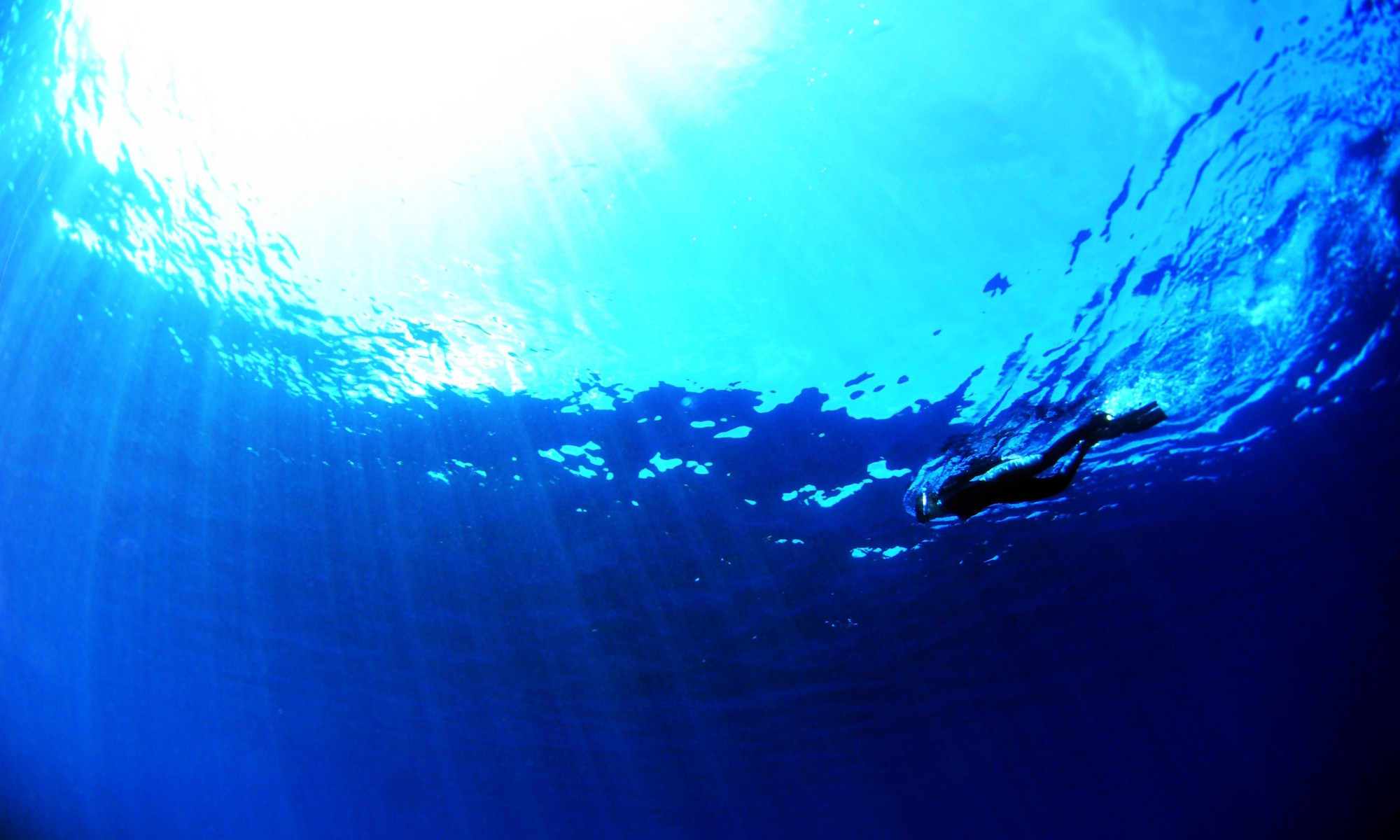
The scuba-diving analogy is of course the heart of immersion editing. It’s a great way to capture the concept of “going deeper.” But diving isn’t the only analogy for this approach. I often describe immersion editing as a journey.
Editing as a journey has special meaning for me. I love hiking, especially in the mountains. Something magical happens the moment I lace up my boots (or better yet, have my husband lace them up because I never remember how to do the special ankle-lock tie). I love setting out with my poles, my pack, and my camera, breathing in the cedar-scented air.
Before long, I find myself huffing and puffing, trudging my way up steep inclines and winding switchbacks. I need to be surefooted and fearless up there in those heights, so I repeat my mantra: “Mountain goat. Mountain goat. Mountain goat.” Sometimes I even catch a glimpse of those agile animals, and they steel my resolve.
Most trails lead to beautiful vistas that serve as worthy rewards for all those miles. Really, though, the reward is the satisfaction of knowing I pushed myself to the limit and made it there and back again, just like Bilbo. (By the way, ever notice that the “back again” is the hardest? You’d think going downhill would be a cinch, but it kills the ol’ knee joints.)
Uphill, downhill, and in between, hiking is invigorating, challenging, and sometimes even arduous. But it’s worth every moment. It makes me feel alive as nothing else can.

So imagine, if you will, immersion editing as a journey. As your editor, I’ll be your trusty trail guide. I’ll walk right alongside you, taking every step with you. With positive encouragement and real understanding, I’ll help you achieve feats you maybe couldn’t achieve alone. I’ll help you see your book and yourself in new ways as we go deeper and deeper on our path.
Yes, it may be challenging at times. It can be a long process. This is a journey, after all—not a jaunt. (Be sure to pack some water and protein bars. Maybe some jerky.)
But again, it’ll be worth every moment. Every step will reveal something new and exciting. Every step will be meaningful. Together, we’ll reach our destination. That is, both you and your manuscript will reach full potential. Your book will transform, and so will you as a writer and a person.
Actually, the journey of immersion editing is the journey of servant leadership. Servant leadership, as the name suggests, is a bit of a paradox. How can you serve and lead?
The key is in the leader’s mind-set. A trail guide may stand out front with the map and the compass, but she isn’t concerned about wielding power, control, and authority. It’s not about her. She just wants to help you get up that mountain because she knows how much this journey means to you. It’s all about you. She leads you with her knowledge, experience, and insight in order to serve you. And first and foremost, she understands that she needs to earn your trust and rapport before you take step one.
The true measure of servant leadership is whether a leader can inspire growth. For sure, the true measure of immersion editing is the growth and transformation of the manuscript and the author. That’s the destination of the journey.

In contrast, there’s no journey, no serving, no leading, no growth with run-of-the-mill editing experiences, which I call surface editing. You hand your manuscript over to someone, he finds typos and wrangles commas, then he hands it back to you before walking away.
It’s the equivalent of a trail guide snatching your camera from your hands, hiking up the mountain on his own, returning a while later with your camera, and leaving you to flip through a couple of photos he took on your behalf. Or it’s the equivalent of the trail guide giving you a crummy map, pointing you in the general direction of the trailhead, and wishing you luck before he goes back to the lodge to take a nap.
Authors, what kind of experience do you want? Are you ready and eager to take a journey? Wouldn’t you like the company of a guide who’s ready and eager to climb that mountain with you?
And editors, what kind of experience do you want? Do you want to journey alongside authors? Do you understand the paradox of servant leadership and how it relates to editing? (Stay tuned, as I have a few editing classes launching this fall.)
Immersion editing is a journey, and it’s one I enjoy taking. I hope to see you out on the trail.









